Pistachio psyllid pest
Psyllid pest is one of the most important pests observed in all regions of the country and is not specific to any particular area. It is also known among gardeners and farmers as “dry sap.” This insect feeds on the protein present in the tree, excretes its sugar, and secretes a white liquid. When in contact with dry air, the psyllid pest dries up and turns into sap. Losing protein weakens the tree, causes leaf fall, and reduces yields.
Yellow card, spraying, and biological control methods can be used to combat the psyllid pest:
Yellow cards made of PVC and polyethylene with a special adhesive are placed in quantities ranging from 150 to 400 per hectare. Psyllid pests are eliminated by adhering to these cards.
In the spraying method, chemical substances such as imidacloprid, acetamiprid, confidor, and calypso are combined in specific amounts prescribed by an expert and sprayed on the trees. The right amount of poison can either have no effect on the pests or destroy their roots.
In the biological method, you create an artificial war between the psyllid pest and its enemies. Ladybugs, predatory mites, and psyllid wasps are among the enemies of the psyllid pest that can help you.

Pistachio psyllid pest
Psyllid pest is one of the most important pests observed in all regions of the country and is not specific to any particular area. It is also known among gardeners and farmers as “dry sap.” This insect feeds on the protein present in the tree, excretes its sugar, and secretes a white liquid. When in contact with dry air, the psyllid pest dries up and turns into sap. Losing protein weakens the tree, causes leaf fall, and reduces yields.
Yellow card, spraying, and biological control methods can be used to combat the psyllid pest:
Yellow cards made of PVC and polyethylene with a special adhesive are placed in quantities ranging from 150 to 400 per hectare. Psyllid pests are eliminated by adhering to these cards.
In the spraying method, chemical substances such as imidacloprid, acetamiprid, confidor, and calypso are combined in specific amounts prescribed by an expert and sprayed on the trees. The right amount of poison can either have no effect on the pests or destroy their roots.
In the biological method, you create an artificial war between the psyllid pest and its enemies. Ladybugs, predatory mites, and psyllid wasps are among the enemies of the psyllid pest that can help you.

Branch borer beetle in pistachio trees
“The pistachio shoot borer beetle (Hylesinus vestitus), also known as the cossid moth, has been observed in regions such as Nain, Qazvin, Kerman, Khorasan, Yazd, and Isfahan, sometimes causing trees to become unproductive. This beetle feeds on the shoots and causes the tree to become sterile! It appears in the form of an oval-shaped beetle with a brown color. After feeding on the shoots, it creates tunnels on the branches, leading to the drying of the tree! One useful method to combat these beetles is mechanical control. In this method, growers place freshly pruned branches in various parts of the orchard as traps in early autumn. The beetles come to these branches and lay eggs on them. By burning these branches, you can eliminate the population of pistachio shoot borer beetles.


